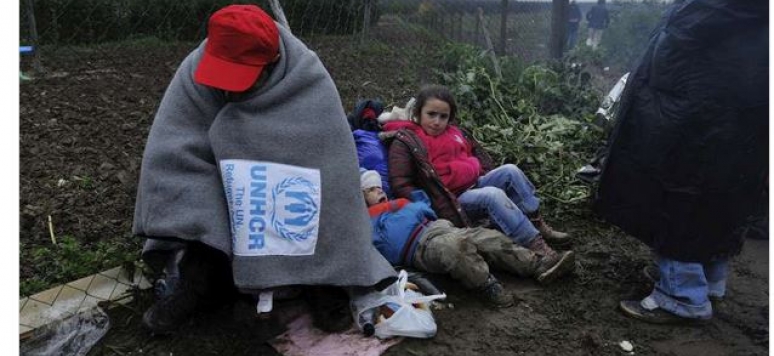Refugees and European borders in the aftermath of Paris’ terror attacks

Just a day after the murderous attacks that killed 129 people and wounded about 350 more in Paris and St Denis on November 13th 2015, the word spread that a Syrian passport had been found near the body of one of the Stade de France’s attacker.

At first carefully stated, the information was soon confirmed. Even though the document was later identified as a copy, it remained to prove its user had been following the very same route as most of migrants heading Europe that year. Digital footprints of the attacker had been recorded on the Greek island of Leros on October 3rd 2015; after that he had presumably left from Athens to Croatia and Serbia – Hungary had closed its borders since September – then following the route through Austria and Germany to end up in Paris on the 13th of November at night.
Reactions to the passport’s discovery were not long to come. For the sake of the European’s security, refugee’s relocation mechanism and more generally any attempt to build a European asylum policy seemed fated to be buried together with the victims of Paris’ attacks.
Others insisted on the importance of not making any confusion. Both François Hollande and Angela Merkel emphasized that the refugees Europe is hosting were also - if not the first - victims of such events. While such a statement is indeed salutary, it is hardly enough.
This editorial is in French only: Les réfugiés et les frontières européennes après les attentats de Paris








